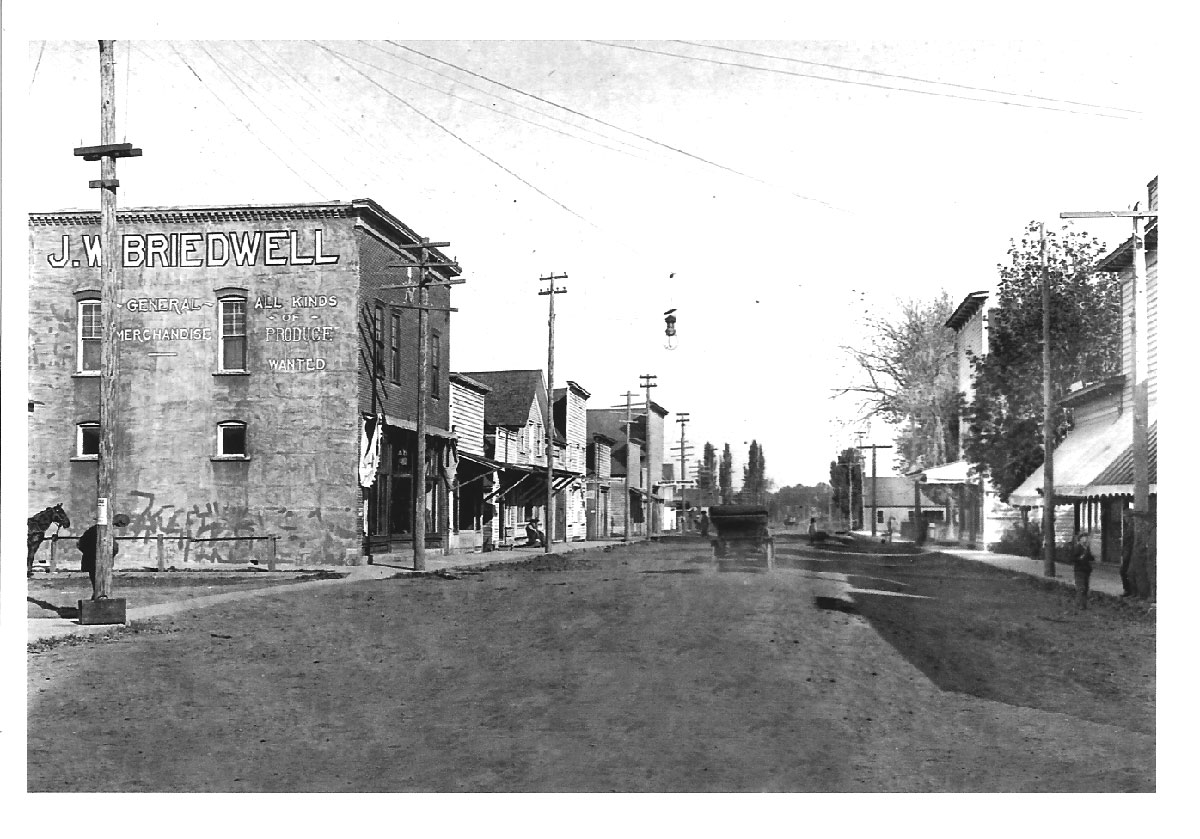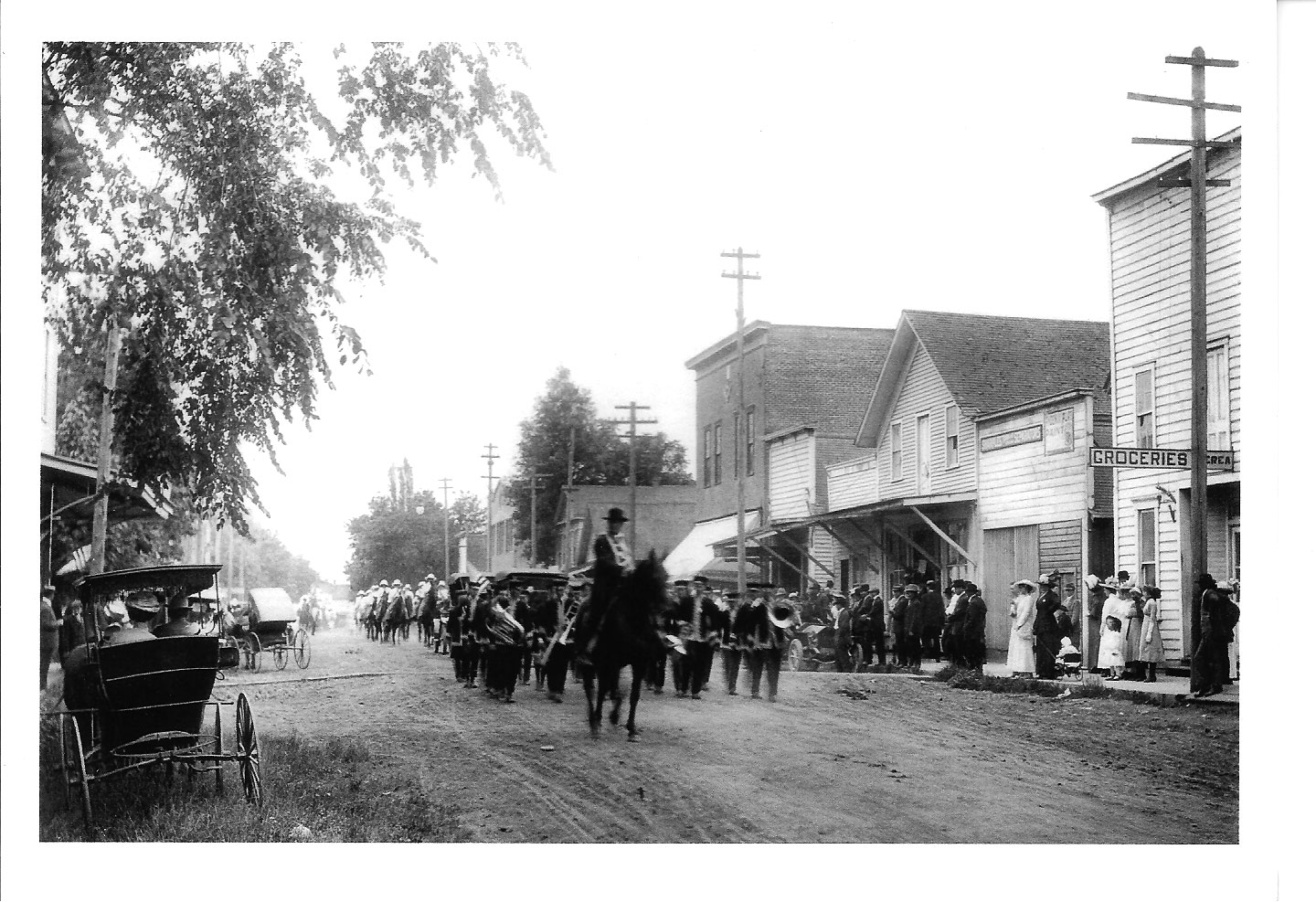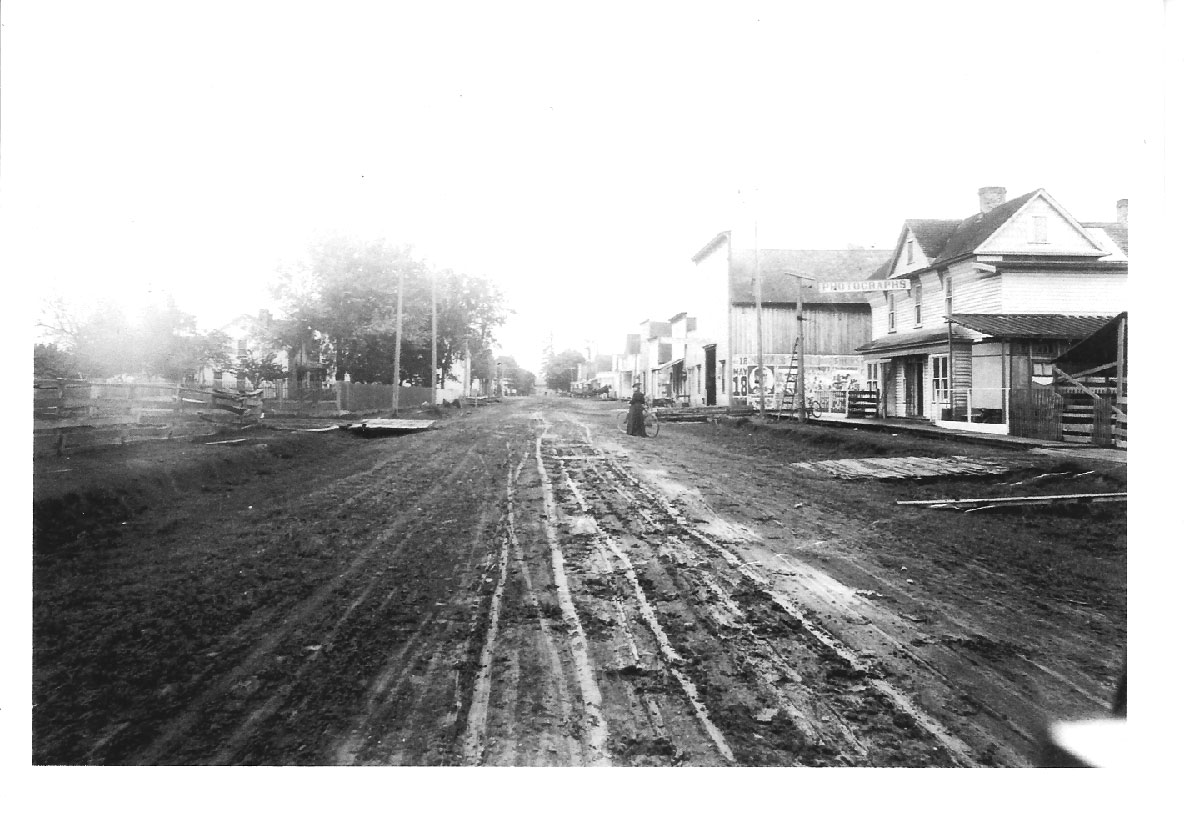About Amity, Oregon
Twice, Joseph Watt labored through the Oregon Trail – first in search of a dream – and second to bring his family to share the dream he discovered. Coming from Missouri, he found his home and livelihood in Amity, Oregon, a place he would transform and a place to which he introduced modern commerce and the agricultural spirit felt today. On that second trip, Watt brought the first large herd of sheep to Oregon and established the state’s first woolen manufacturing company in Salem. From there, Watt shipped nearly 100,000 pounds of wool to New England, and by 1868 his shipping expanded internationally.
The name “Amity” came from Joseph Watt’s brother Ahio Watt, the first teacher of a school that was built by two rival communities after the amicable settlement of a dispute. The town was originally located partly on the Watt’s father’s property and in time Joseph added land and divided it with his father’s to create the town. Joseph owned more than 3,600 acres of land and started the agricultural history of the region when he planted 5,000 Bartlett pear trees. He also became the first to ship Oregon wheat to New York and eventually to England and throughout the world. One man, a small town and yet, a big legacy.Today, the building that houses Amity Flats lies within a tract of land known as Watt’s Addition.
Amity initially flourished as a small shipping and mercantile center. A passenger rail line built by the Southern Pacific Railroad Company first traveled through Amity in 1879. Marketed as The Road of a Thousand Wonders, the route lured thousands of travelers from Los Angeles, through San Francisco, to Portland. In the 1910s, Trade Street was made part of the Pacific Highway, 99W, the region’s principal north-south road, and it, too, became regionally known as The Road of a Thousand Wonders. By the 1930s, however, a competing passenger rail route on the east side of the Willamette river prevailed, and major north-south highway traffic shifted east to Hwy 99E. Since then, the rail line through Amity has been used exclusively for freight, and Amity languished as a commercial center, although has remained a vital farm community.
In the late 1960s and early 1970s, a small group of wine pioneers proved that vineyards in the north Willamette Valley could produce world-class wines. Many of those wineries were established in the hills surrounding Amity. The number of wineries grew steadily over the next few decades, and so has the quality and diversity of wines. Amity, meanwhile, still remains a tranquil, quaint city – a perfect base for curious travelers to explore the surrounding bounty.



